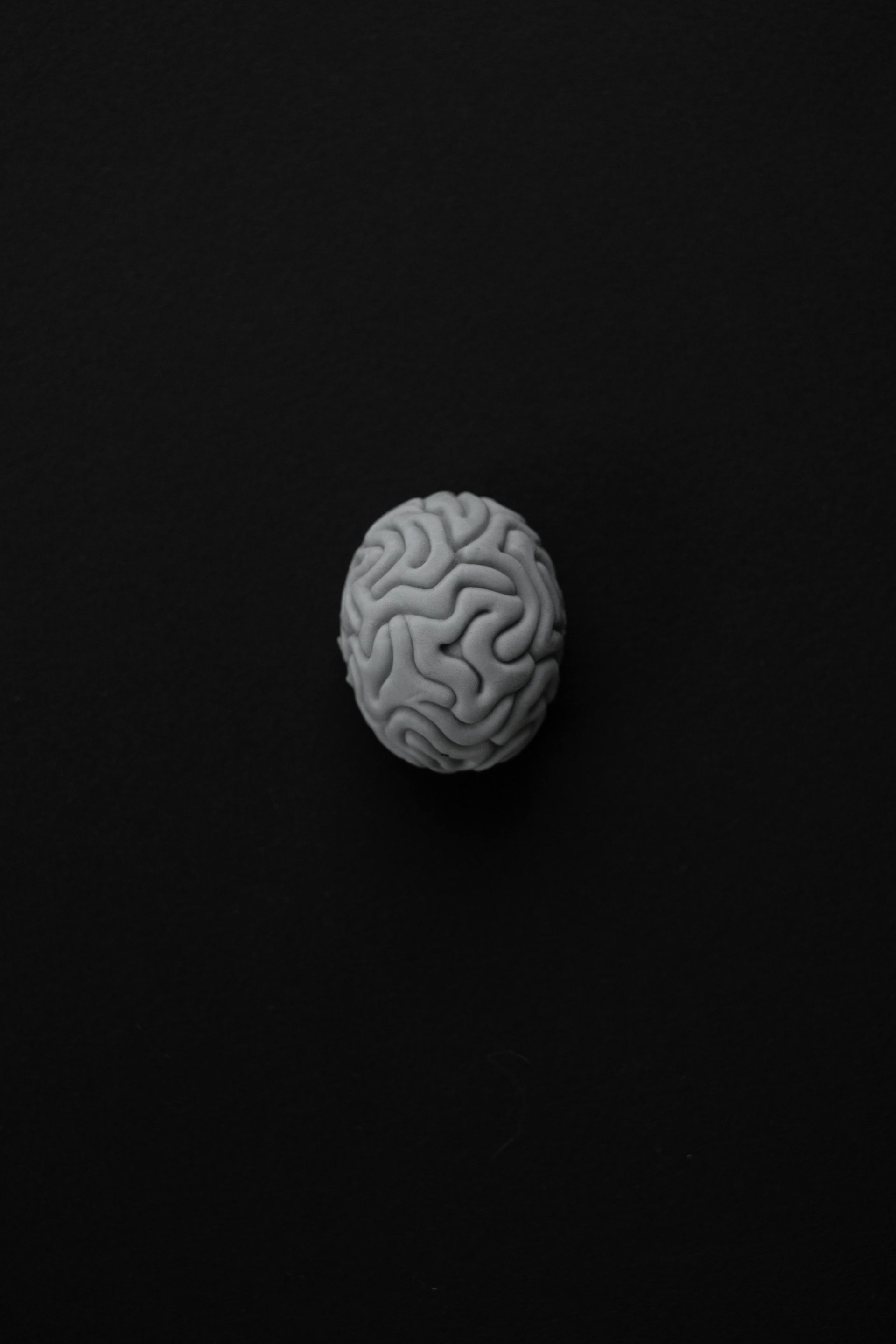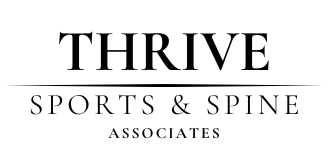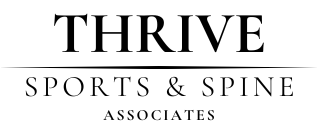Chiropractor Care During Pregnancy
How chiropractic care is helpful during labor and delivery

The Webster technique is a specific chiropractic analysis and diversified adjustment of the sacrum, ilium, and lumbar spine. The goal of this gentle myofascial adjustment is to reduce the effects of an imbalanced pelvis and/or SI joint dysfunction. In doing so neurobiochemical function in the sacral/pelvic region is improved.
A woman goes through tremendous physical and emotional changes during the various stages of pregnancy. Several pregnant women suffer lower back, hip, and other body aches, and pains due to increased stress on muscles and nerves, making the whole process discomforting and challenging. Chiropractic care or physical therapy has emerged as a great way to treat and alleviate pregnancy pains without any medication. It reduces nerve stress and adjusts pelvis and spinal misalignment to promote both emotional and physical well-being.
Regular chiropractor visits have helped several pregnant women sail through the period smoothly, safely, and comfortably. In this article, we discuss top reasons why more women should consider seeing a chiropractor during pregnancy:
Promote proper pelvic alignment and stability
Pelvic misalignment is very common during pregnancy as the baby grows. It makes it difficult for the baby to stay in a proper position. Chiropractic care re-establishes the balance and promotes stability of the sacrum and pelvis throughout the pregnancy. Chiropractors can balance the pelvis allowing to create space for the baby in the pelvic inlet. Muscle releases along the hip, groin and buttocks region also helps reduce pelvic floor tension.
Improve fetal positioning
Chiropractors use special techniques and adjustments, especially during the last stage of pregnancy, to give babies optimal space and placement. It prepares the baby to stay in the appropriate position for a healthy, safe, and normal delivery.
Shorten labor duration and delivery pain
Longer labor hours and intense pain are a nightmare for pregnant women. Proper pelvic alignment and appropriate baby position through regular chiropractic care decrease labor time and alleviate delivery aches. It also reduces the possibility of cesarean delivery by resolving musculoskeletal issues.
Routine chiropractor visits also keep pregnancy-related high blood pressure in check and reduce hip pain. Postpartum chiropractic care promotes faster physical recovery and helps the body regain its original shape quickly. Chiropractic care is also beneficial in lowering the possibility of postpartum depression.
A woman’s body endures a lot during and after pregnancy. Chiropractors ensure smooth and less painful pregnancy, delivery, and postpartum experience through natural, drug-free, and holistic treatment options.
Reduce lower back and hip pain naturally
More than 60% of women experience lower back pain as the increasing belly size leads to posture change that puts pressure on the spine, back joints, and muscles. Regular chiropractic care corrects spine and pelvis misalignment, lowers muscle tension to ease the burden that causes pain, and improves posture. The chiropractor focuses on treating the root cause of the issue, preventing the need for any pain-relieving medication.
Ease common pregnancy symptoms
Morning sickness, acid reflux, insomnia, and swelling in the feet and hands are common symptoms some pregnant women experience. Chiropractic adjustments relieve nerve pressure from different regions like the spine, neck, and mid-back to improve sleep, minimize acid reflux, and enhance nerve communication.
Improve nervous system function
Changes in posture and the spine also impact the optimal functioning of the nervous system and immune system. The body becomes vulnerable to various illnesses. Chiropractors suggest healthy lifestyle and nutritional changes that improve brain function and impact health positively.
Webster Technique Practitioner
I am a certified Webster Technique practitioner. The Webster technique is a specific chiropractic analysis and diversified adjustment of the sacrum, ilium, and lumbar spine. The goal of this gentle myofascial adjustment is to reduce the effects of an imbalanced pelvis and/or SI joint dysfunction. In doing so neurobiochemical function in the sacral/pelvic region is improved.












